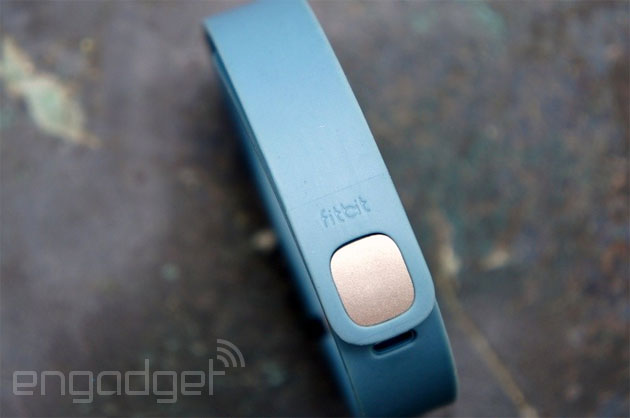Three out of four Americans will die of a disease that could be avoided—if only they could re-route their unhealthy habits. A new category of medicine, digital therapeutics, wants to change the course of these conditions — and of history.
Doctors have known for decades that, in order to prevent disease or its complications, they were going to have to get into people’s living rooms and convince them to change everyday behaviors that would very likely kill them. To that end, back in the early ’90s, health institutions started trying to intervene largely via the cutting-edge technology that existed at the time: phone calls. At-risk populations were dialed up and encouraged to take steps that could ward off heart disease, diabetes complications, lung cancer and other avoidable conditions that cause 75% of Americans to die prematurely.
As you can imagine, these calls largely flopped. A phone interaction led by a stranger who interrupts your dinner hour, no matter how well-intentioned, felt like more like an intrusion than meaningful
support.
The more we discover about behavioral science, the more naïve those calls seem in retrospect. Whether it’s for weight loss, smoking cessation, diabetes, or otherwise, the best research shows that meaningful behavior change outcomes require not just guidance from a trusted health professional, but also positive social support, easy-to-digest insights about their condition, a carefully orchestrated timeline, and a process that follows validated behavioral science protocols. That’s hard to squeeze into a phone call. Or a doctor’s visit, for that matter.
The world urgently needs better ways to bring behavior change therapies to the masses, and advancements in digital tech are finally enabling us to orchestrate the necessary ingredients to make that happen in a clinically meaningful way.
That’s doesn’t make it easy. In fact, it’s effectively pioneering a new class of medicine, often dubbed “digital therapeutics.” But any clinically-meaningful digital therapeutic needs to clear two significant
hurdles. One, it needs to genuinely engage and inspire the patient, both initially and over time. Two, it must also unequivocally demonstrate efficacy to the medical community by rooting itself in the best science and by producing clinically-significant outcomes, just as any traditional drug is expected to do.
That’s why, until recently, most available health apps couldn’t truly be categorized as digital therapeutics. For instance, a study in 2012 showed that very few of the top 50 smoking cessation apps available at the time abided by evidence-based protocols. This high-tech snake oil was not deliberate, but it is a side effect of the fact that very few of the leading behavioral science researchers knowing how to program in Objective C or Ruby on Rails. Companies looking to truly pioneer in this new category must both establish and exceed the highest scientific standards while building exceptional online experiences. The good news is that is starting to happen.
Emerging in the white hat category are a handful of medically-minded visionaries who have put real clinical rigor into every aspect of their design. For instance, David Van Sickle, a former CDC “epidemiologist intelligence officer,” and now the CEO and Co-Founder of Propeller Health, built a GPS-enabled sensor for asthma inhalers that links to an elegantly designed app — every puff is mapped and time-stamped, allowing patients and doctors to spot patterns in ‘random’ attacks and identify previously unknown triggers.
Another example is Jenna Tregarthen, a PhD candidate in clinical psychology and eating disorder specialist. She rallied a team of engineers, entrepreneurs, and fellow psychologists to develop Recovery Record, a digital therapy that helps patients gain control over their eating disorder by enabling them to self-monitor for destructive thoughts or actions, follow meal plans, achieve behavior goals, and message a therapist instantly when they need support.
Momentum for the promise of digital therapeutics is building. A massive surge in digital health investing reflects how rapidly confidence in this space is growing. In ten years, we have no doubt that your doctor will recommend a digital program for your depression either instead of, or in addition to, a pill. Your insomnia, kidney stones, or lower back pain might be treated by an experience centered around an iOS app. We can clearly see a future where a doctor’s prescription sends you to an immersive online experience as often as it does to a pharmacy.
The world is finally entering a new era of effective, scalable, and life-saving change, all delivered through the other end of an internet connection. For three out of four of us, that change can’t come soon enough.





